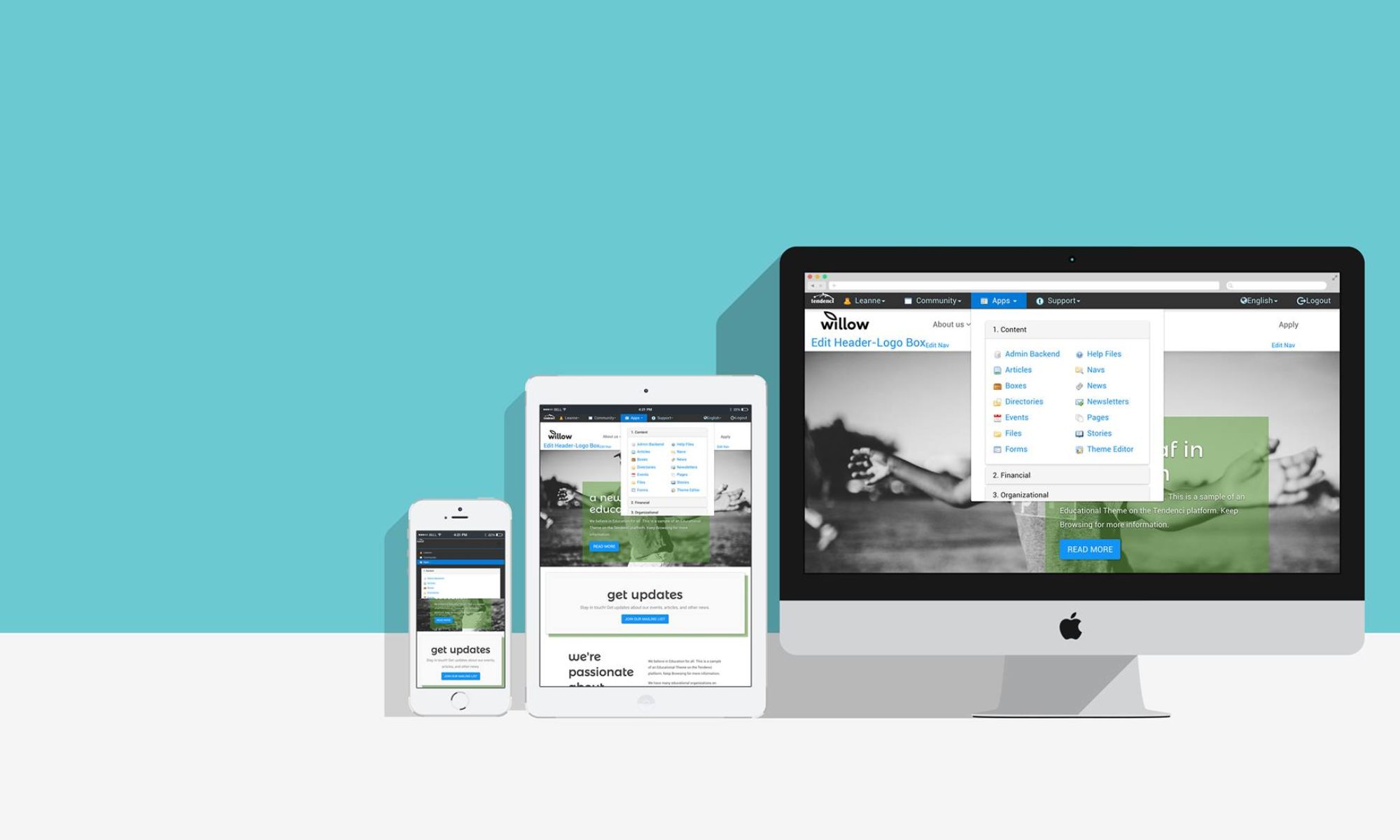If you’ve ever found yourself standing up in front of an audience while some sort of technical glitch prevents your presentation slides from magically appearing on the big screen behind you’ then you understand how important the visual element is when trying to communicate in business. We all find it harder to communicate with words alone, and images keep your audience focused on your words.
When you communicate online through your social media channels’ it is no different. The images, layout, and design that your online audience sees when they visit your company’s LinkedIn or Facebook Pages is critical to relaying your organization’s missions, vision and Brand across the internet.
The Silicon Valley chapter of the International Association of Business Communicators, (SV-IABC), understands how important it is to include the right graphics when talking to clients and prospects and all of us at Schipul’ The Web Marketing Company were honored and excited when SV-IABC invited us to host the webinar for their members ‘Good Design Matters in Social Media Communication†this past Thursday.

Erica Bogdan, Schipul’s Creative Services Designer, shared ways to improve your business communication using graphic design tailored for social media platforms. Erica shared how to unify your organization’s online brand across Twitter, Facebook, LinkedIn, YouTube and other social channels to engage your audience and increase traffic to your website.
Erica also shared design tips for ensuring your images looked great including sizing your images for each of the different online social websites and how to find free graphic design resources online even for the novice designers… (or those folks like me who have trouble drawing a straight line with a ruler, let alone a professional vector logo.)
In case you missed it, we’ve posted the slides and a transcript from the presentation on Erica Bogdan’s Slideshare.
Erica lists some terrific and free online resources for graphic design, images and stock photos, and tools to edit graphics to use on social media websites. I want to share some of my favorite tools online that I use when I want to incorporate a better design or add more color to a social media page for the design-newbies like me.
If you’d like to watch the webinar in it’s entirety, you can watch it or download it here.
5 Free and Easy Ways to Incorporate Graphics on Social Media Websites:
- Try CutMyPic and in 3 easy steps you can upload a picture, crop it and add a drop shadow.
- ColorLovours’ Themelon has free themes, backgrounds, and custom layouts to give your Twitter Page a truly personal appearance without any design experience whatsoever.
- Befunky is the easiest way to add special effects to photos and puts the FUN in photo editing.
- Recommended by AllFacebook, Pagemodo offers tools to generate professionally Branded Facebook Fan Pages without any design skills. Pagemodo gives you one free Facebook page then offers additional tabs and pages for a low monthly price.
- Aviary offers a suite of design tools for web and mobile graphics including a vector editor, image markup, and even music and audio editing software.
Try out these online tools and then come show off your creative new social media designs with us on Schipul’s Facebook Page!
You can learn more about the Silicon Valley IABC Chapter on their website and if you are in the northern California area’ be sure to check out their upcoming events and stop by to learn how to improve your business communications both online and off. Thank you again to everyone from SV-IABC who joined us Thursday and we hope you’ll come Hang Out With Us Again soon!
















